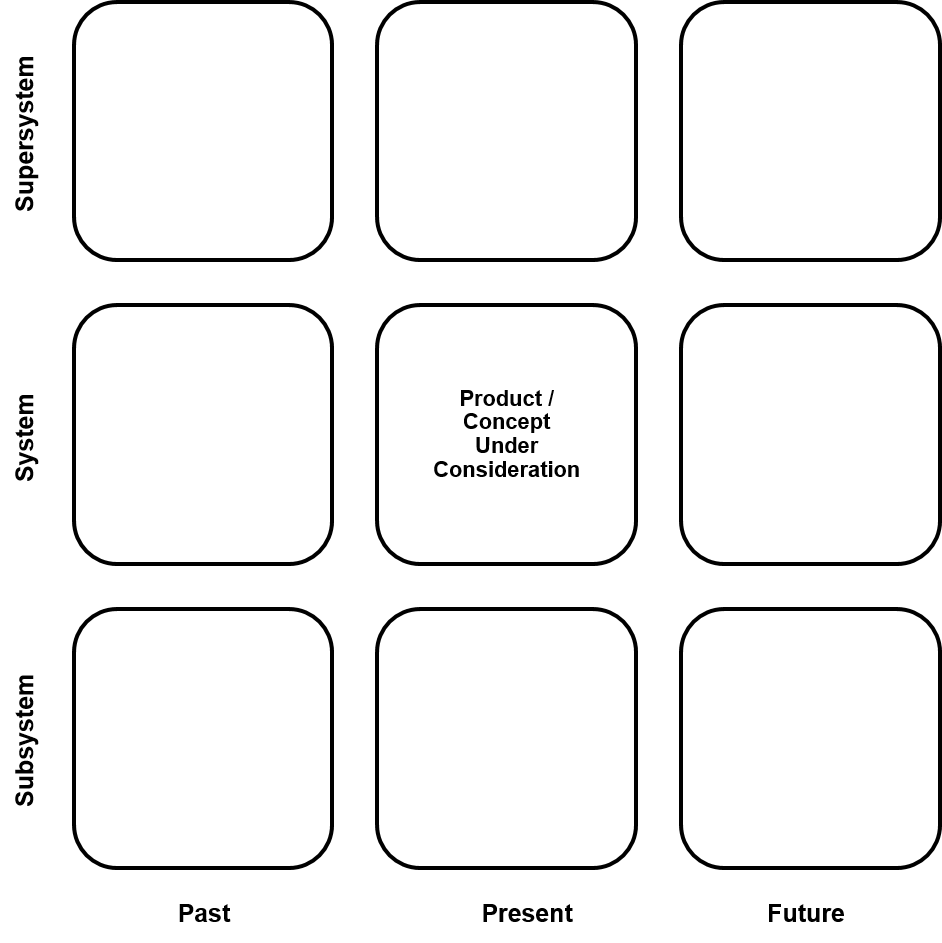This is my third post in the series on ideation. In the earlier two posts, I talked about incremental innovation and ways to uncover ideas that can lead to Blue Ocean markets being created. Every innovative idea is an abstraction of the amalgamation of different thoughts and observations. This post focuses on creating a catalog of thoughts/observations and tools that can help recombine the observations so as to allow abstraction of new ideas.
The Sparks Occur Regularly
According to a research, around 60,000 thoughts pass through human brain in 24 hours (some researchers estimate the number to be lesser than that). These thoughts are originated by various activities and things that are going on around us. While some of the thoughts come out of the observations one is making, some may be based on analysis of situations and inputs. Interactions with other people and the surroundings creates more activity in the brain and therefore the number of thoughts processed by the brain. The ‘thought’ process is so spontaneous that it goes on like clockwork without the person realizing that he/she is making deductions and drawing conclusions in his/her brain. This process leads to creation of insights/perceptions in the brain. Sometimes, these insights are sparks that when combine with other such related sparks, have the capability of becoming a new innovative idea. Unless the insight/spark so deduced is astonishing, majority of times it gets lost.

Keep the Sparks Alive
In order to make sure the sparks of perception stay alive, they should be stored on a medium (e.g. a diary/journal) that classifies them and makes it easy to retrieve and review them. The classification of these sparks will facilitate recombining them with other related sparks. When sparks are reviewed together, the amazing power of human brain to match the patterns (partial/full) and match the ones that complement each other, will help uncover new big ideas.
Tools/Methods to Find Related Sparks
Nine Windows


Takeaways
General thinking is that big ideas occur in the form of epiphanies. The reality, however, is that it takes patient baking of thoughts in the oven of brain for big ideas to take shape and become a reality. One needs to make sure the perceptions/insights drawn while observing the world in day-to-day life are recorded so that they can be retrieved and re-associated with the new observations to derive new inferences and uncover new ideas.
Getting into the habit of maintaining a journal/diary for recording the observations is the key. With many new apps available on various mobile devices, it may be easier to record and recombine the ‘Sparks’ to get to an idea that shines like a flashlight.
- Four Growth Strategies to Scaleup Your Business - March 14, 2021
- Innovative India: Platforms For Billion+ People - January 5, 2021
- Innovative India: Searching For Lost Glory - October 15, 2020


